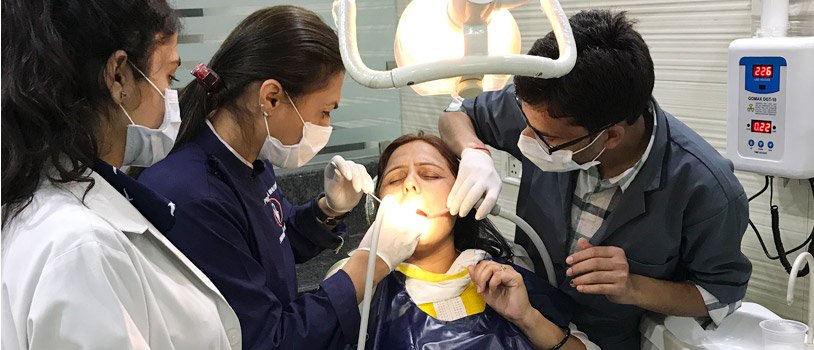Beauty is the ability of a face to transmit positive feelings to the person who observes it. Sometimes these are based on a particularly striking feature, such as beautiful eyes, sensual lips and other times, although there is no particularly beautiful structure, it is the symmetry and harmony of the different parts of the face that make it attractive.
Also, it is necessary to consider that, regardless of the beauty conceived with the classical canons, there is the attraction, in which the facial structure is no longer so important and influences more the dynamics of the face and its relation with the personality of the individual.
This professional works in aesthetic centers, beauty salons, SPAs, clinics and hospitals assisting nutritionists, dermatologists, physiotherapists, and surgeons.
Of the activities that a professional in Aesthetics can perform:
- Carry out treatments and apply techniques against premature aging, blemishes, and wrinkles.
- Apply massage and lymphatic drainage.
- Prevent baldness.
- Treat and moisturize the scalp and wires.
- Perform skin cleansing, makeup, and eyebrow design.
- Operate equipment that uses the laser.
- Perform treatments through electrotherapy and radiofrequency.
- Carry out treatments to relieve discomfort caused by surgical intervention.
About Facial Aesthetic Courses in India:
The objective of the Aesthetics course is to enable the professional in the care of the beauty and well-being of the people. For this, he learns to apply cosmetic and dermatological techniques, products and equipment related to facial, corporal and capillary aesthetics.
The curricular structure of the course presents some general disciplines on Nutrition, Physiology, Anatomy, and Pharmacology. These disciplines help the student to understand the functioning of our body and biological processes, such as aging and recovery from skin lesions.
The rest of the disciplines are specific about the aesthetician’s professional practice and belong to areas such as:
- Dermatology
- Cosmetology (study of cosmetic products)
- Electrotherapy (therapy through the application of electric currents)
- Massage
- Trichology (study of hair)
- Visagism (study of aesthetics and facial proportions)
- Dental courses after BDS

